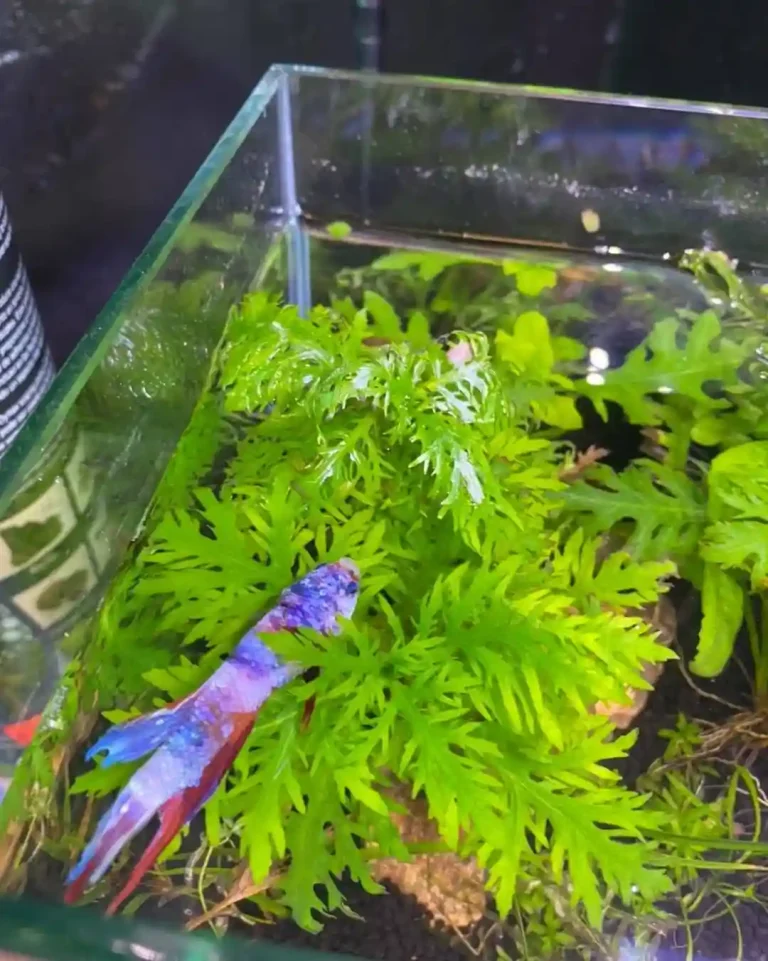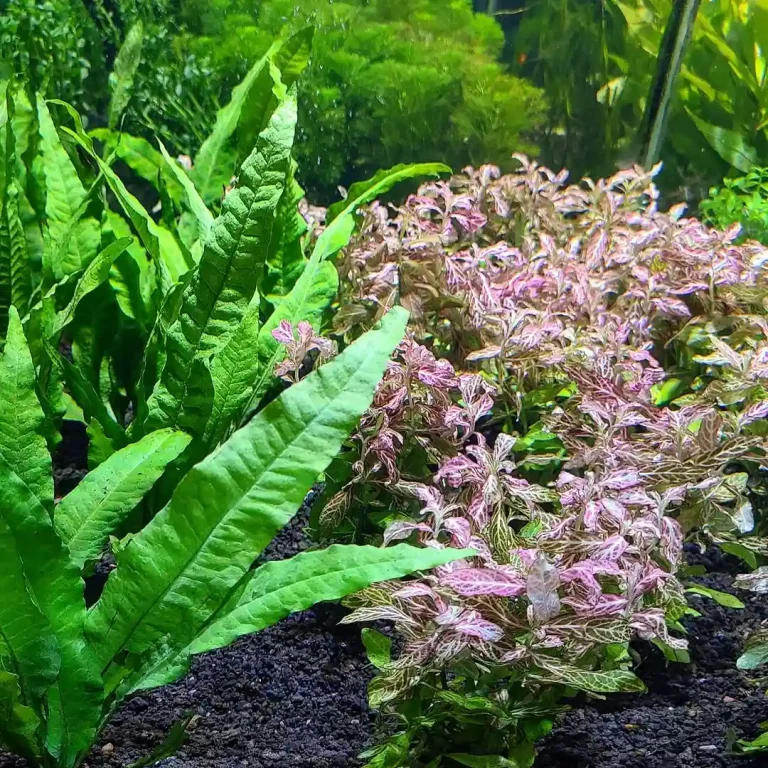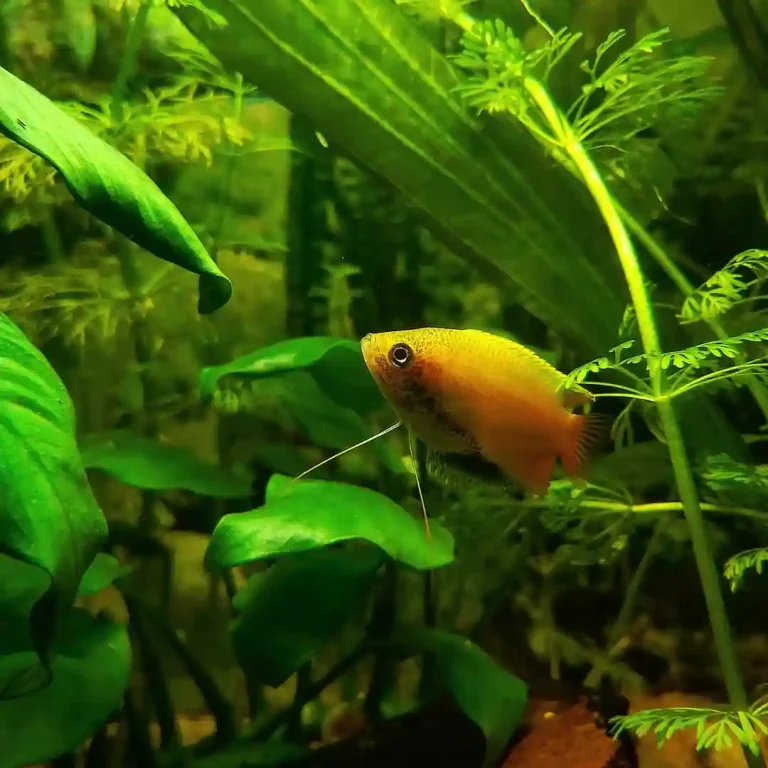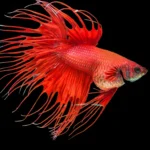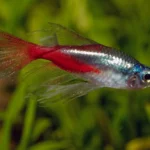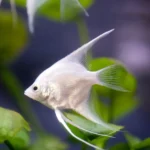Aquascaping is more than just decorating a tank it’s a creative way to design underwater landscapes using live plants, rocks, and wood. If you’ve seen a planted aquarium that looks like a mini forest or a rocky hill, you’ve seen aquascaping in action. In this beginner’s guide, you’ll learn how to create your own aquascape, step-by-step.
What is Aquascaping?

Aquascaping is the art of arranging aquatic plants, rocks, and driftwood in an aquarium to mimic natural landscapes. It blends elements of gardening, interior design, and aquatic ecology to create a balanced, living work of art.
(Images place here: a traditional fish tank vs a planted aquascaped tank for comparison)Want healthy plants? Start here: Aquarium Plants 101
Popular Aquascaping Styles
Dutch Style aquascape

- Dense plant coverage
- Focus on color, texture, and leaf contrast
- Minimal rocks or wood
Learn more: Dutch Aquascaping Style Guide
Nature Style (Amano Style)
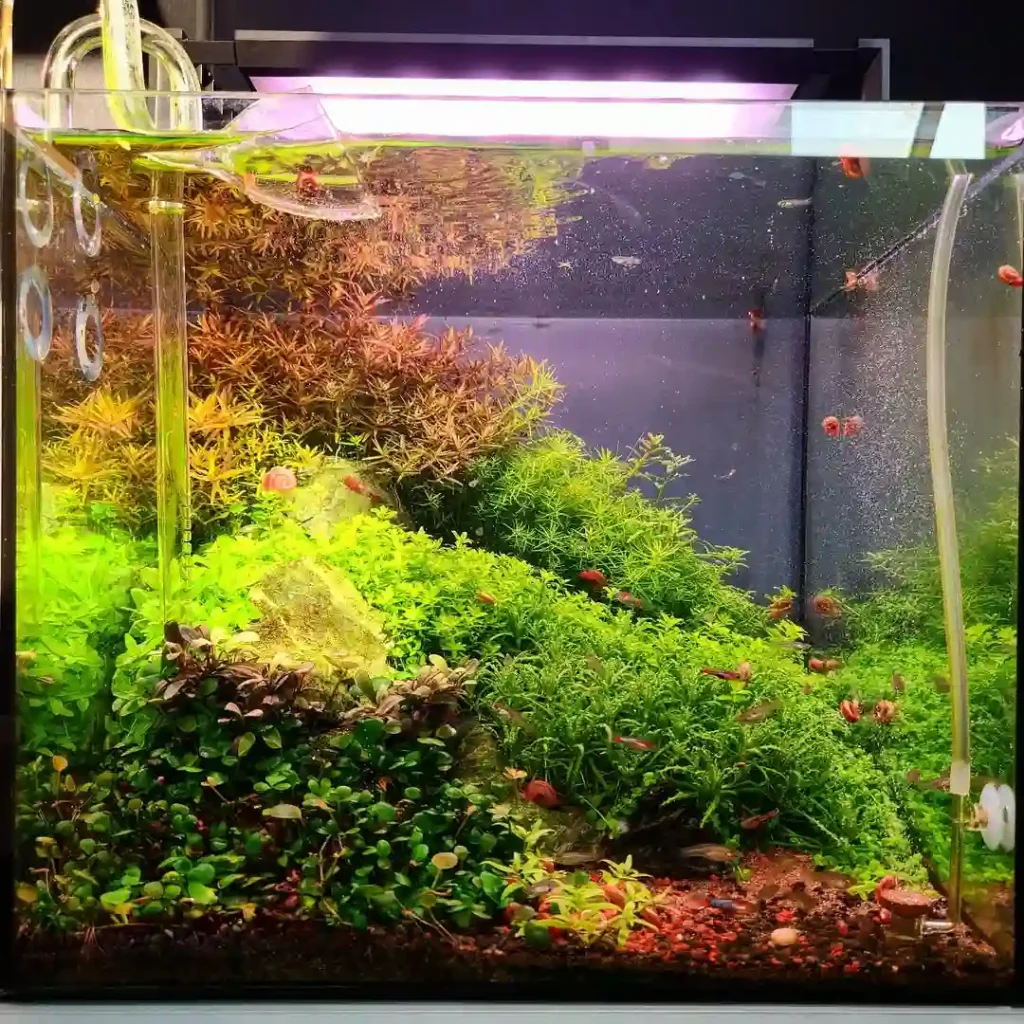
- Asymmetrical layouts
- Mimics nature (valleys, rivers, forests)
- Balances plants and hardscape
Iwagumi Style

- Simple rock-focused design
- Uses 3, 5, or 7 stones in minimal layouts
- Carpet plants like dwarf hairgrass or Monte Carlo
Jungle Style
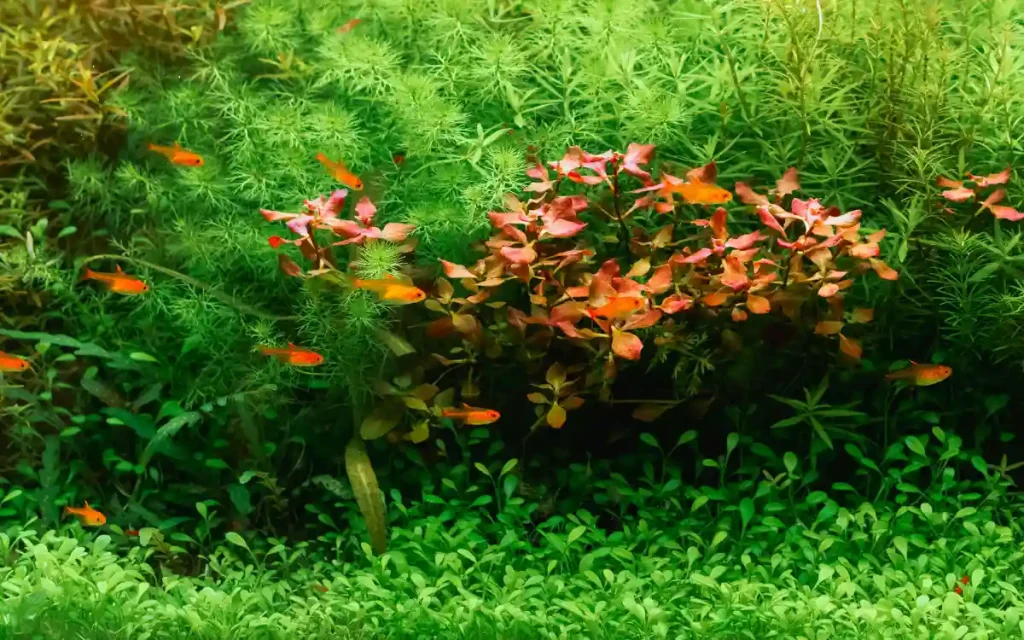
- Wild, natural growth
- Mix of plant heights and textures
- Great for beginners
Essential Equipment for Beginners

Tank
- 10–20 gallons is a manageable size
- Long tanks give more planting space
Lighting
- Use LED lights designed for planted tanks
- 6–8 hours per day is a good start
Learn what plants need low light: Low Light Aquarium Plants
Filtration
- Use a hang-on-back filter or sponge filter
- Match the filter size to your tank volume
Substrate
- Choose a nutrient-rich substrate like ADA Aquasoil or Fluval Stratum
- Create a slope for depth (2″ front to 4″ back)
Read also: Aquarium Substrate Guide: Types, Setup & Best Options
Other Essentials
- Thermometer
- Timer for lights
- Plant scissors and tweezers
- Test kit for ammonia, nitrites, nitrates, pH
Choosing Hardscape Materials
Rocks
- Dragon stone (textured)
- Seiryu (gray, veined)
- Lava rock (lightweight)
Driftwood
- Spider wood (branchy)
- Manzanita (red-brown)
- Malaysian (dark and heavy)
Tips:
- Use odd numbers of stones
- Follow the rule of thirds for placement
Don’t push everything against the back—create layers
Beginner-Friendly Aquarium Plants
Table: Easy Plants for Starters
| Plant | Light | Growth | Tips |
| Java Fern | Low | Slow | Attach to wood or rock |
| Anubias | Low | Very Slow | Don’t bury the rhizome |
| Amazon Sword | Medium | Moderate | Root feeder—add root tabs |
| Cryptocoryne | Low-Med | Slow | May melt then regrow |
| Java Moss | Low | Med | Great for shrimp tanks |
| Water Wisteria | Med | Fast | Can be planted or floated |
| Bacopa | Med | Moderate | Great background plant |
| Vallisneria | Med | Fast | Tall, flowing leaves |
Explore more:
Plant Placement Zones
- Foreground: Dwarf Hairgrass, Monte Carlo (Aquarium Carpet Plants)
- Midground: Crypts, Anubias, Bucephalandra
- Background: Vallisneria, Rotala
- Floating: Frogbit, Red Root Floaters
How to Set Up Your First Aquascape
Steps:
- Sketch your layout or gather reference photos
- Clean the tank, place it on a level stand
- Add substrate and create sloping areas
- Add rocks and driftwood (hardscape first)
- Mist and plant—tall in the back, carpet in front
- Fill the tank slowly to avoid uprooting
- Install heater, light, and filter
- Start the cycle
Helpful read: Freshwater Aquarium Setup Guide
Understanding the Nitrogen Cycle
Before adding fish, you must cycle the tank:
- Fish waste and decay release ammonia
- Beneficial bacteria convert ammonia > nitrite > nitrate
- Nitrate is removed through plants and water changes
Use a test kit. Only add fish when ammonia and nitrite are 0.
More tips: Why Are My Aquarium Plants Dying?
Basic Aquascape Maintenance
Daily
- Check temp and equipment
- Remove floating debris
- Feed fish lightly
Weekly
- Trim fast-growing plants
- Water change (20–30%)
- Test water parameters
Monthly
- Clean filter media
- Deep trim or replant areas
- Re-dose fertilizer if needed
Pro Tip: Quarantine all new fish and plants. Learn how: Quarantine Tank Setup Guide
Common Issues & Fixes
Algae Troubles
| Type | Looks Like | Cause | Fix |
| Green Spot | Green dots | Low phosphate | Dose phosphate, adjust light |
| Black Beard | Black tufts | CO₂ fluctuation | Add Excel, trim it |
| Hair Algae | Long strands | High nutrients | Reduce light, add shrimp |
| Diatoms | Brown film | New tank | Add Otocinclus, wait it out |
Plant Problems
- Yellow leaves: lack of nitrogen
- Holes: potassium deficiency
- Melting: new tank shock (crypt melt)
Budget-Friendly Aquascaping Tips
- Use a 10-gallon starter tank
- Pool filter sand + root tabs = cheap substrate
- DIY hardscape from nature (cleaned & safe)
- Trade plants locally or in aquarium groups
Beginner Layout Ideas
- Mini Iwagumi – 3 rocks + dwarf hairgrass
- Island Layout – Plants in the center, open space around
- Jungle Corner – Dense planting on one side
- Pathway – Sand trail from front to back
- Betta Paradise – Broad-leafed plants and caves
Final Thoughts
Aquascaping is a fun, creative hobby that rewards patience and learning. Start small, focus on plant health, and don’t worry if your first setup isn’t perfect. Every aquascape evolves over time—and that’s part of the magic.

